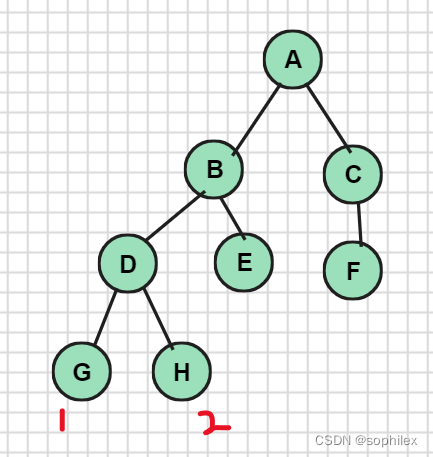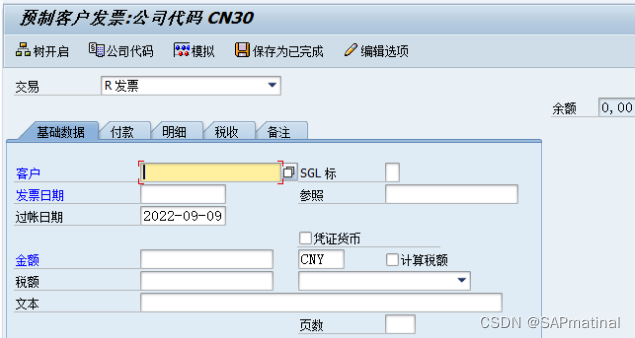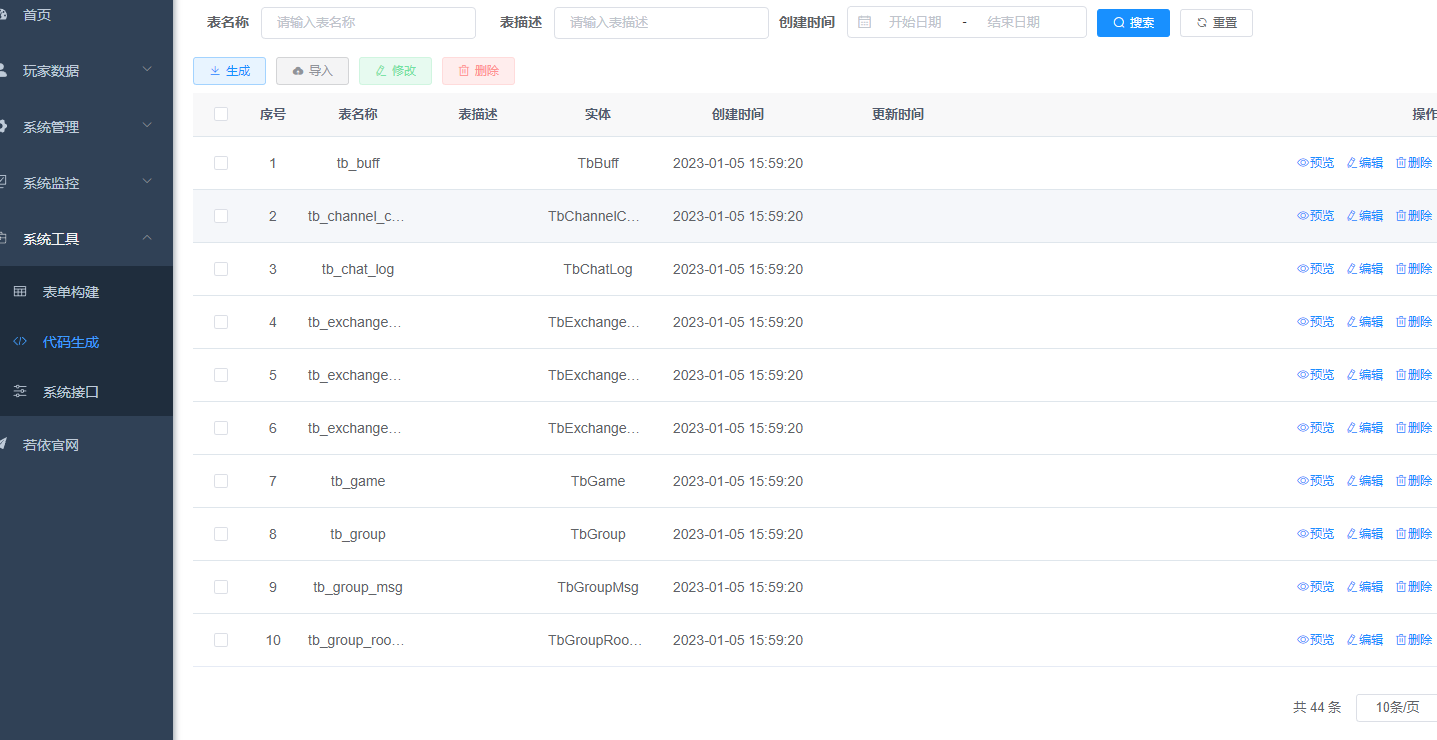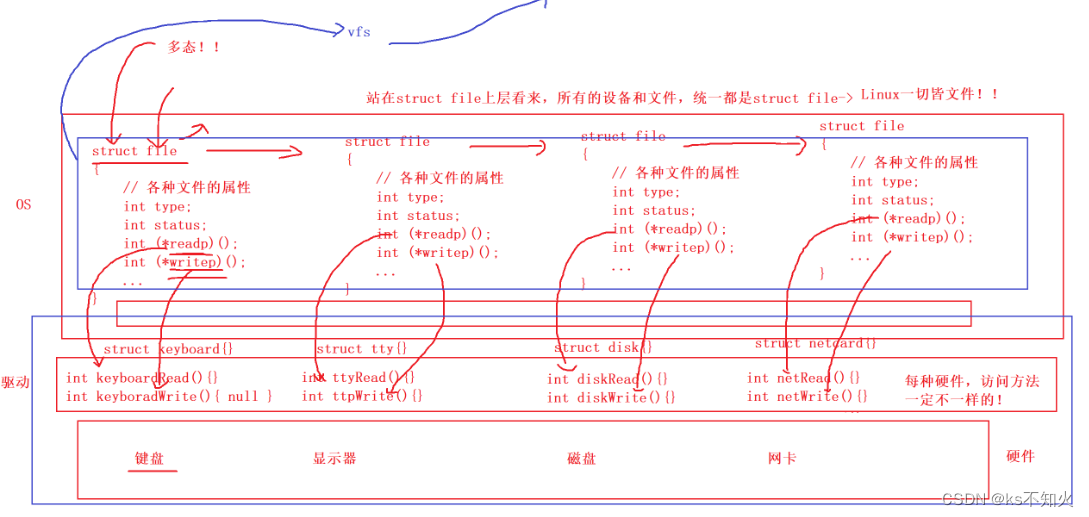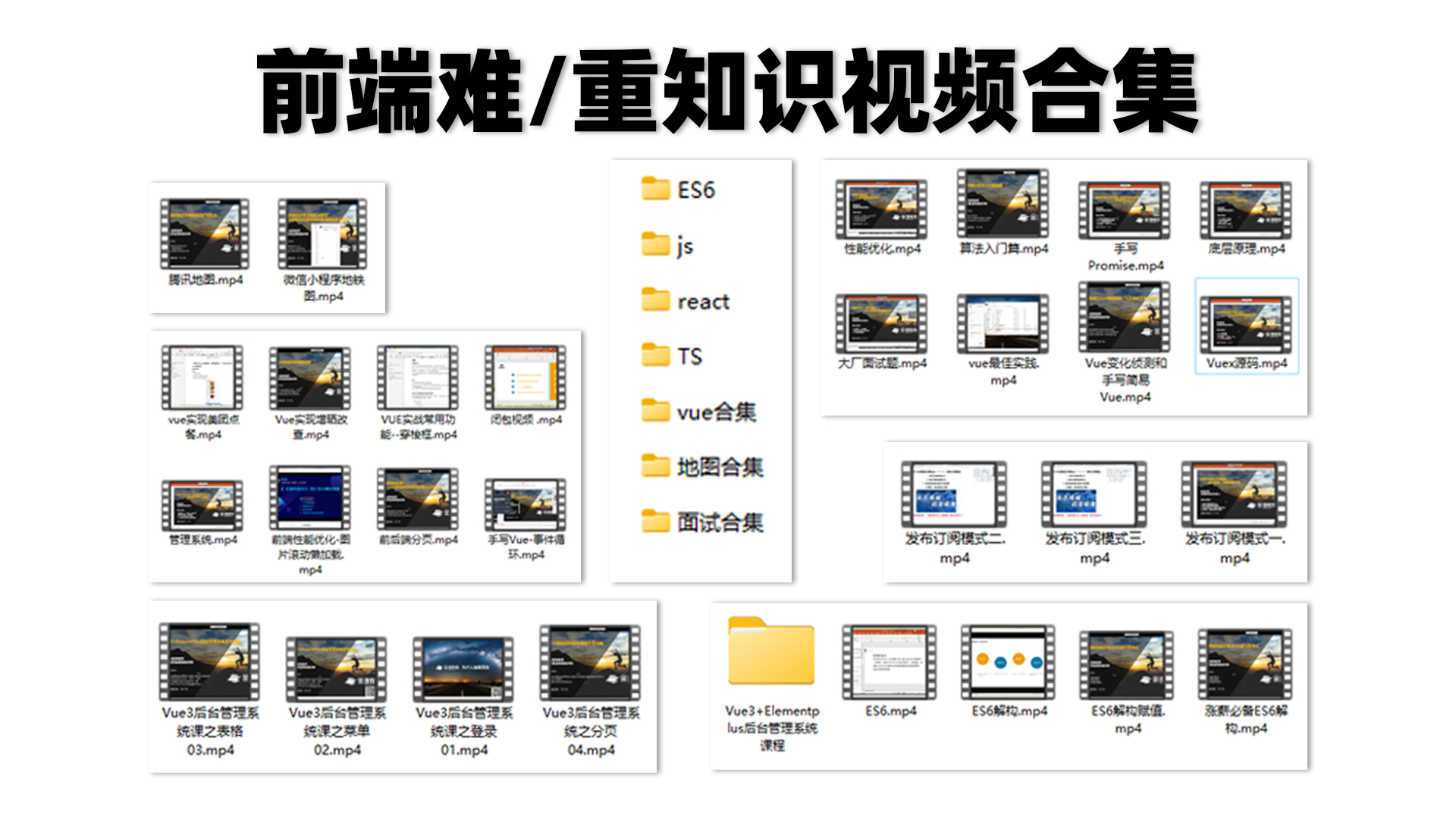目录
前言
1--查看本机环境配置
2--下载并安装Tensor RT
3--实例测试
3-1--验证Onnx模型的可用性
3-2--将Onnx模型转换为推理引擎engine
3-3--基于Tensor RT使用engine模型进行推理
4--参考
前言
推荐结合官方文档 3.2.3节中的Tar File Installation安装教程进行安装;
1--查看本机环境配置
import torch
print(torch.__version__)
print(torch.version.cuda)
print(torch.backends.cudnn.version())博主的配置环境:
① Ubuntu 20.04
② Cuda 11.3
③ NVIDIA GeForce RTX 3060
④ Pytorch 1.12.0
⑤ Python 3.9
2--下载并安装Tensor RT
① 下载地址:Tensor RT官方下载地址

博主下载的版本为Tensor RT 8.2.5.1。
② 安装依赖:
pip install 'pycuda<2021.1'
# 注意onnxruntime-gpu的版本需与实际环境进行匹配,这里博主选择1.11版本
pip install onnxruntime-gpu==1.11③ 解压并配置环境变量:
# 解压
tar -zxvf TensorRT-8.2.5.1.Linux.x86_64-gnu.cuda-11.4.cudnn8.2.tar.gz# 配置环境变量
sudo gedit ~/.bashrc # 也可以使用vim
# 末尾添加以下两条路径,需根据解压的实际路径
export LD_LIBRARY_PATH=$PATH:/home/liujinfu/Downloads/TensorRT-8.2.5.1/lib:$LD_LIBRARY_PATH
export LIBRARY_PATH=$PATH:/home/liujinfu/Downloads/TensorRT-8.2.5.1/lib::$LIBRARY_PATH
# 保存后刷新环境变量
source ~/.bashrc④ 安装Tensor RT库:
cd TensorRT-8.2.5.1/python
# 根据Python版本安装,博主为python3.9
pip install tensorrt-8.2.5.1-cp39-none-linux_x86_64.whl
# 安装依赖
cd TensorRT-8.2.5.1/graphsurgeon
pip install graphsurgeon-0.4.5-py2.py3-none-any.whl⑤ 查看安装版本:
import onnxruntime as ort
import tensorrt
print(ort.get_device())
print(ort.get_available_providers())
print(tensorrt.__version__)
3--实例测试
深度学习模型部署流程一般为:Pytorch → Onnx → TensorRT;这里博主选取一个姿态估计的Onnx模型(ThreeDPose)作为实例测试:Onnx模型下载地址
3-1--验证Onnx模型的可用性
# 导入第三方库
import onnx
import numpy as np
import onnxruntime as ort
import cv2
# 导入下载的Onnx模型
model_path = './Resnet34_3inputs_448x448_20200609.onnx'
onnx_model = onnx.load(model_path)
onnx.checker.check_model(onnx_model)
# 前处理:读入图像并调整为输入维度
img = cv2.imread("data/InitImg.png")
img = cv2.resize(img,(448,448)).transpose(2,0,1)
img = np.array(img)[np.newaxis, :, :, :].astype(np.float32)
# 设置模型session以及输入信息
sess = ort.InferenceSession(model_path,providers= ort.get_available_providers()) # 这一步可能会报错,一般与onnxruntime的版本有关,需根据实际情况进行调整
input_name1 = sess.get_inputs()[0].name
input_name2 = sess.get_inputs()[1].name
input_name3 = sess.get_inputs()[2].name
# 使用Onnx模型进行推理
output = sess.run(None, {input_name1: img, input_name2: img, input_name3: img})
print(output)
# 后处理
# 代码。。。正常运行,没有报错就表明下载的Onnx模型没有问题;
3-2--将Onnx模型转换为推理引擎engine
借助Tensor RT自带的可执行文件trtexec,将Onnx模型转换为推理引擎:
cd TensorRT-8.2.5.1/bin
./trtexec --onnx=/home/liujinfu/Desktop/Tensor_Test/Resnet34_3inputs_448x448_20200609.onnx --saveEngine=/home/liujinfu/Desktop/Tensor_Test/Resnet34_3inputs_448x448_20200609.trt --workspace=6000
# --onnx=path1 表示待转换的onnx模型
# --saveEngine=path2 表示保存的推理engine模型3-3--基于Tensor RT使用engine模型进行推理
# 导入第三方库
import torch
import cv2
import tensorrt as trt
import numpy as np
def trt_version():
return trt.__version__
def torch_device_from_trt(device):
if device == trt.TensorLocation.DEVICE:
return torch.device("cuda")
elif device == trt.TensorLocation.HOST:
return torch.device("cpu")
else:
return TypeError("%s is not supported by torch" % device)
def torch_dtype_from_trt(dtype):
if dtype == trt.int8:
return torch.int8
elif trt_version() >= '7.0' and dtype == trt.bool:
return torch.bool
elif dtype == trt.int32:
return torch.int32
elif dtype == trt.float16:
return torch.float16
elif dtype == trt.float32:
return torch.float32
else:
raise TypeError("%s is not supported by torch" % dtype)
class TRTModule(torch.nn.Module):
def __init__(self, engine=None, input_names=None, output_names=None):
super(TRTModule, self).__init__()
self.engine = engine
if self.engine is not None:
# engine创建执行context
self.context = self.engine.create_execution_context()
self.input_names = input_names
self.output_names = output_names
def forward(self, *inputs):
batch_size = inputs[0].shape[0]
bindings = [None] * (len(self.input_names) + len(self.output_names))
# 创建输出tensor,并分配内存
outputs = [None] * len(self.output_names)
for i, output_name in enumerate(self.output_names):
idx = self.engine.get_binding_index(output_name) # 通过binding_name找到对应的input_id
dtype = torch_dtype_from_trt(self.engine.get_binding_dtype(idx)) # 找到对应的数据类型
shape = (batch_size,) + tuple(self.engine.get_binding_shape(idx)) # 找到对应的形状大小
device = torch_device_from_trt(self.engine.get_location(idx))
output = torch.empty(size=shape, dtype=dtype, device=device)
outputs[i] = output
bindings[idx] = output.data_ptr() # 绑定输出数据指针
for i, input_name in enumerate(self.input_names):
idx = self.engine.get_binding_index(input_name)
bindings[idx] = inputs[0].contiguous().data_ptr() # 应当为inputs[i],对应3个输入。但由于我们使用的是单张图片,所以将3个输入全设置为相同的图片。
self.context.execute_async(
batch_size, bindings, torch.cuda.current_stream().cuda_stream
) # 执行推理
outputs = tuple(outputs)
if len(outputs) == 1:
outputs = outputs[0]
return outputs
if __name__ == "__main__":
logger = trt.Logger(trt.Logger.INFO)
# 加载推理引擎,返回ICudaEngine对象
with open("./Resnet34_3inputs_448x448_20200609.trt", "rb") as f, trt.Runtime(logger) as runtime:
engine = runtime.deserialize_cuda_engine(f.read())
# 查看输入输出的名字,类型,大小
for idx in range(engine.num_bindings):
is_input = engine.binding_is_input(idx)
name = engine.get_binding_name(idx)
op_type = engine.get_binding_dtype(idx)
shape = engine.get_binding_shape(idx)
print('input id:', idx, ' is input: ', is_input, ' binding name:', name, ' shape:', shape, 'type: ', op_type)
trt_model = TRTModule(engine, ["input.1", "input.4", "input.7"], ["499", "504", "516", "530"])
# 加载测试图片
image = cv2.imread("./test1.jpg")
# 前处理
image = cv2.resize(image, (200,64))
image = image.transpose(2,0,1)
img_input = image.astype(np.float32)
img_input = torch.from_numpy(img_input)
img_input = img_input.unsqueeze(0)
img_input = img_input.to('cuda:0')
# 运行模型进行推理
result_trt = trt_model(img_input)
4--参考
TensorRT8.2最新版入门教程




